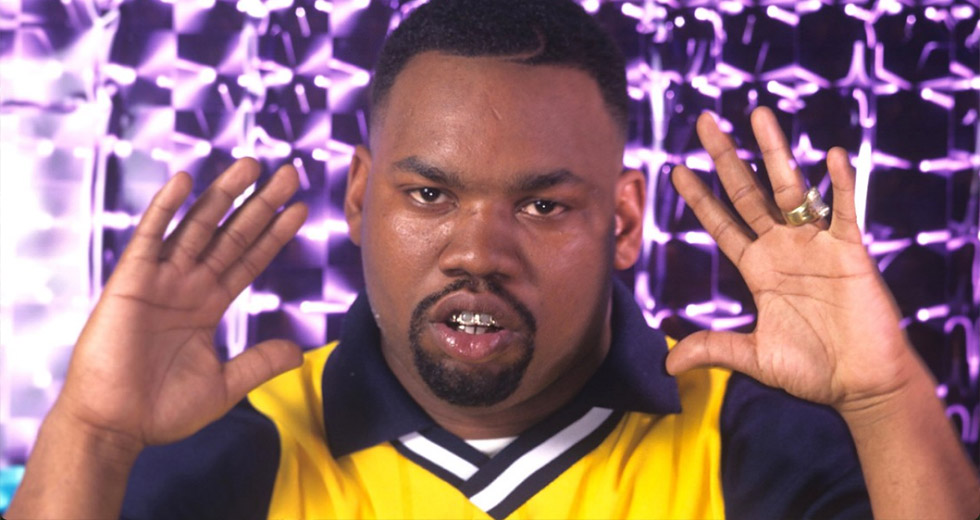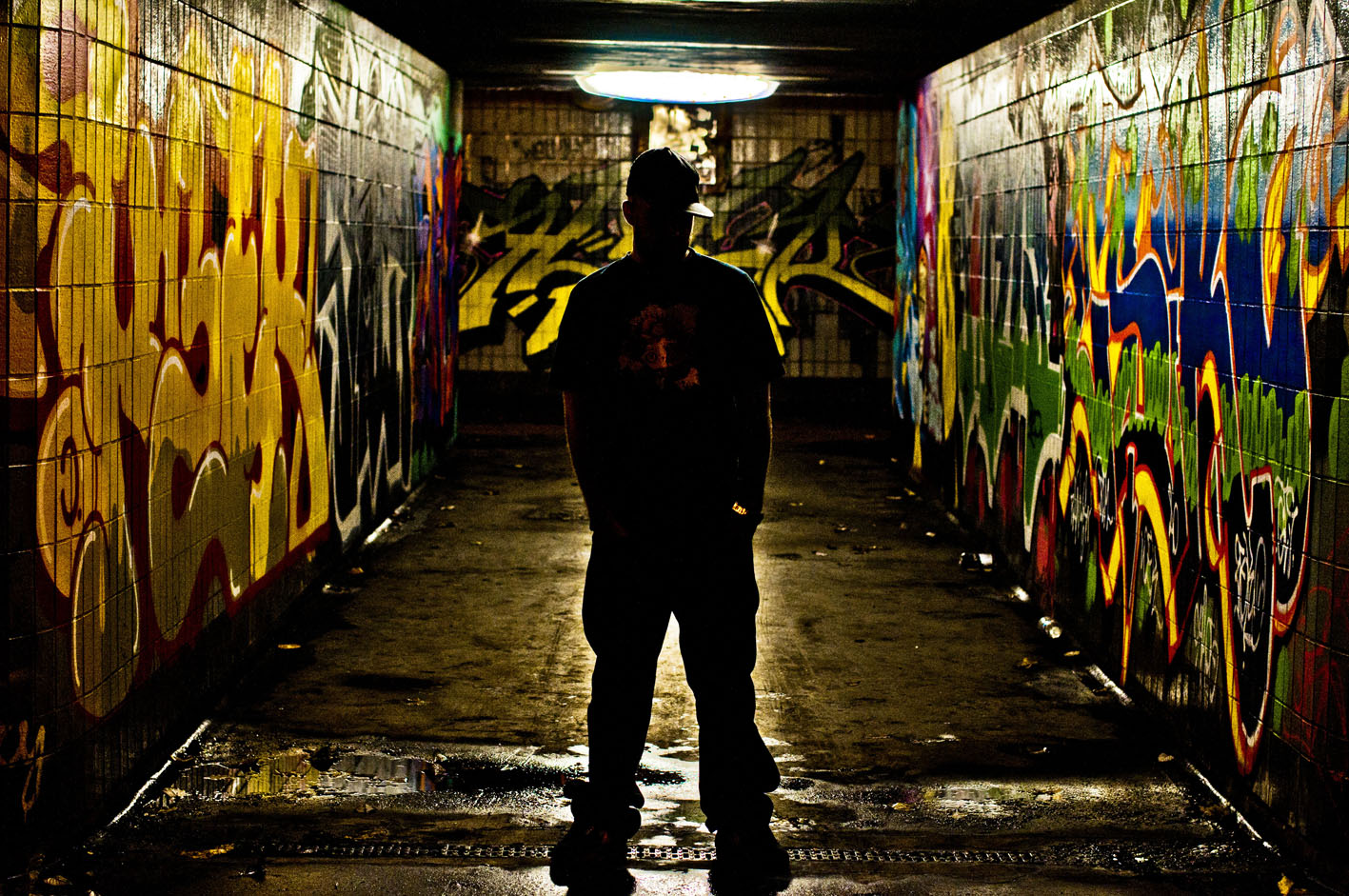Nightclubbing: Crackers
Nightclubbing is a series on RBMA where we tell the story of the spaces that have forever changed the world of music. In this edition, Stephen Titmus writes about Crackers, the oft-forgotten London club that helped popularize jazz-funk in the UK.
From the outside Crackers looked much like any other dodgy ’70s West End disco. Located in the sleazier end of Soho, it was managed by The Wheatley brewery chain, and served food that was never eaten in order to stay open late. Nowadays it’s a strip joint owned by seedy lothario Peter Stringfellow.
Ask Carl Cox, Fabio, Paul “Trouble” Anderson, Terry Farley and Jazzie B, however, and you’ll soon learn that Crackers was at the heart of ’70s underground London: a spot that combined cutting-edge fashion, jaw-dropping dance moves and an incredible soundtrack. To its faithful, it was the high watermark everything was measured against. As Norman Jay puts it, “Crackers was our Paradise Garage.”
Crackers owes its transformation to Mark Roman, a slickly dressed DJ from South End. Roman had been working at another Wheatley-owned pub in East London before being asked to go full-time at Crackers. Playing six days a week in exchange for £63, Roman had full control over the music policy of the club. His ethos was simple: the more obscure and the funkier, the better.
The dancefloor at Crackers was a cramped basement with a capacity not much more than 200. It was an intense and not necessarily friendly place. The smell of sweat, mixed with sausage and chips, hung in the air. The sound system, if it hadn’t already blown that night, seemed to eternally be heading towards it.
The fashions at the club were unique for the time: Cowboy boots, army surplus gear, peg trousers, clear plastic “jelly” sandals and wedge haircuts were de rigueur for a Crackers soul-boy. (This at a time when you were likely to be called a “poof” or even beaten up for wearing anything more outlandish than a polo jumper.)
Unless you had real moves, you couldn’t even get near the dancefloor.
It was the dancing, however, that really set Crackers apart. It was the magic ingredient that gave the club an atmosphere ex-regulars swear has never been matched. Mixing freestyle jazz moves and Soul Train-style steps such as The Bump, the dancers at Crackers were serious – spending many hours training in front of the mirror, or in the later years, professional dance studios. This was competitive. Battle dancing. Unless you had real moves, you couldn’t even get near the floor. For mere mortals this meant much of the time was spent at the bar or near the back.
Terry Farley remembers being blown away by his first experience at the club. “The first time I actually got into Crackers I distinctly remember a guy in his 30s, which was probably my Dad’s age at the time, dressed theatrically as a Victorian-era French sailor. The man was flamboyantly dancing Hustle-style with a much younger lad to "El Bimbo" by Bimbo Jet. I had never met a gay man before, let alone watched two people of the same sex dance openly together in a club. I felt like this really was the type of decadence and sleaze that matched my expectations of a proper Soho club. That night opened my eyes and my mind, and I fell in love with that dingy basement club from that moment of enlightenment.”
Farley wasn’t alone. The very idea of dancing with someone of another race or sexual orientation was something almost unheard of in ’70s Britain. Far right groups such as The National Front were on the rise, and confrontations between the British police and minority groups were standard. Most West End clubs, if they let black kids in at all, would have a cap on the number they would allow through the door.
Crackers and Mark Roman were among the first to break down some of these racial barriers in club land. To Norman Jay, a Crackers regular, the club was the starting point for the way Londoners party today. “It was the first (London) meeting place of black, white, straight, gay. The clientele originally was very gay. It wasn’t a gay club per se, but it was hip and fashionable. Yes, the music was brilliant, but it was the coming together of different social groups and races. That was what was groundbreaking.”
Roman’s Tuesday night sessions were the ones that seemed to capture the imagination early on. Launched in 1973, the night was strictly upfront US imports. Anything released in the UK was off the playlist. The music was far-reaching, uncompromising and underground. Complex jazz-funk from the likes of Grover Washington Jr. would sit happily alongside the guttural soul of Bobby Byrd or Johnny “Guitar” Watson. Roman never mixed the records, not that the complex time signatures of jazz-funk lend themselves to beat matching anyway. Instead, meticulously executed segues stitched the music together.
Many of the most famous dancers at the club, such as Horace Carter, a muscular and balletic dancer who would usually dance shirtless and would later model for Vivienne Westwood, were just as famous as the DJ’s on the scene. Outside of the club many of Crackers’ best movers were just average black working class kids: likely to be unemployed, certain to be poor. But in the club they were stars. Norman puts it simply: “It showed you working class black kids could be the best at something.”
The most revered sessions at Crackers were the Friday lunchtime parties. Started in 1974, dancers bunked off school or work to get in a quick afternoon burst of partying. As Mark Roman once remembered on Six Million Steps: “There used to be about six people in there on a Friday. [Before I started at Crackers] it was free to go in. I used to play all my new stuff. Somehow it just went down. The hot summer of ’76 was when it really peaked. We got up to a 1,000 people in there on a Friday lunchtime. It was just ridiculous. The atmosphere was unbelievable! It may not have been legal but it was traditional, people used to go down the pub and that was knocking off time. The poor people that had to go back, I know a lot of people lost their jobs!” It was just before the summer of ’76 that the fashion at Crackers started to get really extreme. Shops like Acme Attractions, managed by punky reggae originator Don Letts, were selling London’s hippest dressers a mix of outlandish thrift-store finds and fetish gear. The Crackers crowd was among the first to adopt and shape the look that would define punk. As Norman Jay remembers, “To my mind, the first punks – not the music ones, the fashionistas – I saw at Crackers. You know the punk thing didn’t blow up until the summer of ’76, but I can remember seeing punks around Christmas ’75 in the club. I first saw bondage trousers in Crackers before I saw them on the Kings Road.”
I first saw bondage trousers in Crackers before I saw them on the Kings Road.
In 1976 a new manager was brought in to Crackers. He decided things needed to go in a different direction, and Roman was forced out. Terry Farley puts it in blunter terms. “One look at the diverse and fashionable crowd and the underground music they were dancing to made up this provincial newcomer’s mind. He wanted the playlist to go pop. Which, reading between the lines, probably also meant less blacks, less weirdoes and faggots and more of the type of people he had just left from his previous job with the chain in Swansea.”
Business-wise, though, you could hardly blame the new manager. Crackers wasn’t as profitable as you might expect for a bar that was so busy. Most of the crowd didn’t drink. The majority didn’t have the money for alcohol in the first place, and any spare cash was more likely to go towards getting the look right rather than getting pissed.
Roman moved on to another club in East London, Jaws, and took most of the crowd with him. The management of Crackers tried different DJs in Roman’s place, but no one came close until they approached George Power, a Greek-born DJ from North London. Quickly after he started at the club Power began to attract a new crowd of even younger dancers that filled the space left by the white fashion crowd, many of whom had by this time moved on to punk.
Power wasn’t an obvious candidate to become the new hero of this predominantly black club. He was about ten years older than most of the crowd and had a penchant for shouting ridiculous phrases over the microphone. (“Wang dang dooey, shoobedy on down” was a favorite). Nonetheless the Crackers crowd loved him. “George would work with the dancers,” Farley remembers. “He would use them to break certain records and focus upon them during the session, made them feel special and they stayed loyal.”
The dancing became even more competitive as new faces, some of them younger siblings of the original Crackers crew, came to test the club’s old masters. The outlandish fashions and posing, which had once defined the club, gradually faded out. The amount of girls at the club diminished and the vibe became edgier. Full of young kids from some of London’s toughest estates, peace and love was not the mantra.
It was around this time that the popularity of the soul scene exploded. Jazz-funk is often derided as achingly un-hip nowadays, but its brief dominance of UK dancefloors was a pivotal event in British club culture. Interest in soul music blossomed in the predominantly white London suburbs of Essex, but then moved national, peaking with huge Soul Weekenders at seaside resorts such as Caister. The considered cool of London was replaced with brash silliness. Chris Hill, one of Essex’s biggest DJ’s and mentor to Pete Tong, would play 1940’s big band music next to the latest soul imports.
Interestingly, even after all these years, Norman Jay’s quick to distance himself from that crowd. “I was an out and out Soul Boy, not an Essex Soul Boy, I was a London boogie boy.” This suburban soul scene never embraced the likes of George Power. “George had two taboos,” explains Jay. “He was friend of the gays and friend of the blacks.”
Power’s tenure at Crackers lasted until 1981 when the club closed. Perhaps even more so than Mark Roman, he inspired a whole generation of wannabe DJ’s and dancers. He laid the foundations for boogie, the more beat-driven, R&B-influenced continuation of disco. Later Power helped found London’s legendary Kiss FM and the seminal house and garage label Nice ‘N’ Ripe.
It’s surprising, then, that his name and Crackers is often reduced to a footnote in dance music’s evolution. From acid house to jungle, many of British dance music’s early innovators owe a debt to what was created in this unimposing West End dive bar. In some ways the music that inspired the dancing at Crackers never went away. Rare groove, a genre that ruled underground London in the ’80s, was the sound of Crackers refusing to die. As Norman Jay says, “The whole rare groove thing was predicated on that era. I just reinvented it for the times. Even my playlist on the early days at Kiss was based on my telepathic memory of Crackers.”

